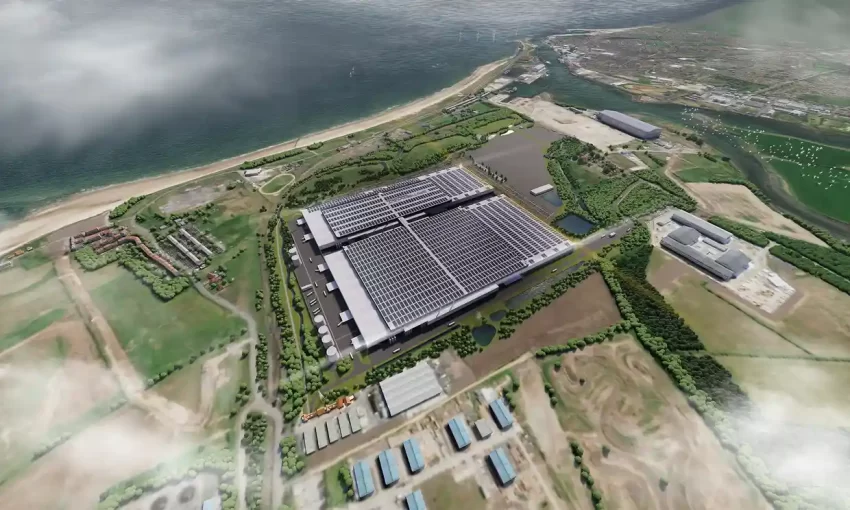
HEADLINE INFLATION is likely to peak in February or March, which may prompt the Bangko Sentral ng Pilipinas (BSP) to continue tightening until May, ANZ Research said.
In a note on Tuesday, ANZ Research Chief Economist for Southeast Asia and India Sanjay Mathur and economist Debalika Sarkar said inflation could “accelerate further” and peak either in February or March.
“Even if inflation starts to descend from its peak, it will remain at elevated levels in the second quarter and third quarter. Any meaningful decline is only possible when domestic demand weakens and favorable base effects kick in,” ANZ said.
Headline inflation is also expected to return to within the BSP’s 2-4% target range only in the fourth quarter, it added.
ANZ revised its Philippine inflation forecast to 5.1% this year, from 4.3% previously. This is higher than the BSP’s 4.5% projection for 2023.
The consumer price index (CPI) quickened to 8.7% in January from the 8.1% in December, marking the highest in 14 years or since the 9.1% in November 2008.
“Food inflation may continue to rise at least until February 2023, driven by La Niña events. The Philippine government’s official weather forecaster expects the weather conditions to improve from February onwards, but any favorable impact on food prices may only be evident after a few months’ lag,” ANZ said.
Food inflation rose to 11.2% in January from 10.6% a month ago, which was the fastest since the 11.3% in March 2009. This as prices of food items such as vegetables, eggs, and sugar sharply rose due to supply issues and weather disturbances.
ANZ noted food prices in the Philippines continued to climb in January, “in contrast with global and regional trends.”
“The continuous climb in services inflation is another source of concern. Unless pent-up demand for services retreats, it is unlikely that services CPI will stabilize,” it said.
ANZ noted the recent hike in water rates is estimated to contribute an additional 10 basis points (bps) to inflation this year.
Metro Manila’s two main water concessionaires began implementing higher rates in January. Manila Water raised rates by P8.04 per cubic meter, while Maynilad hiked rates by P3.29 per cubic meter.
“After factoring in the current direction of inflation and all upside risks, we believe that the central bank will need to extend its tightening cycle to May 2023,” ANZ said.
ANZ expects the BSP to raise borrowing costs by another 50 bps at its Thursday meeting, followed by two 25-bp hikes each at the March 23 and May 18 meetings.
“This takes our overnight reverse repurchase forecast to 6.50% (previously 6.00%) in this cycle. Combined with our inflation forecast, this translates into a real policy rate of 1.4% — signaling further room for monetary policy tightening if inflation remains more stubborn than anticipated,” it added.
In a BusinessWorld poll conducted last week, the BSP is widely expected to raise borrowing costs on Thursday, with a slim majority of nine analysts forecasting a 50-bp rate increase, while eight analysts anticipate a 25-bp increase.
The BSP raised interest rates by 350 bps since May 2022 as it sought to curb inflation. This brought the benchmark rate to a 14-year high of 5.5% last year.
BSP Governor Felipe M. Medalla last month said the central bank is ready to adjust policy stance as necessary “to keep further second-round effects at bay and prevent inflation expectations from becoming disanchored.”
While not ruling out another supply shock, Mr. Medalla said January inflation was most likely the peak.
January inflation was above the BSP’s forecast range of 7.5-8.3%. It also marked the 10th consecutive month inflation was above the BSP’s 2-4% target range. — Keisha B. Ta-asan




